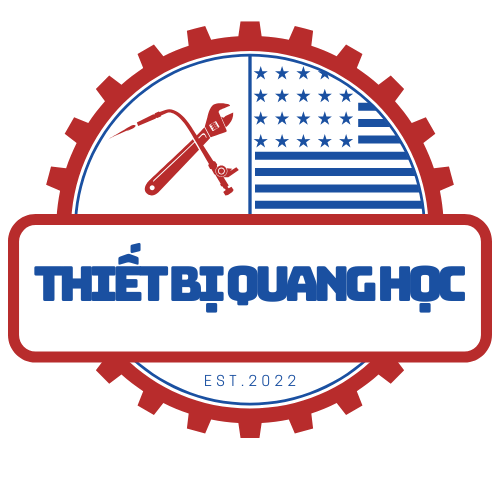Worldwide Transportation Shifts Influencing the Mid-2020s
The comprehensive analysis reveals key developments transforming global logistics infrastructure. From EV adoption to AI-driven supply chain management, these transformative developments are positioned to create technologically advanced, more sustainable, along with optimized transport networks globally.
## Worldwide Mobility Sector Analysis
### Market Size and Growth Projections
Our global transportation industry reached 7.31T USD during 2022 and is projected to reach $11.1 trillion before 2030, growing maintaining a compound annual growth rate 5.4 percent [2]. This development is powered through city development, e-commerce expansion, and transport networks funding surpassing 2T USD each year through 2040 [7][16].
### Continental Growth Patterns
Asia-Pacific leads maintaining over a majority share of international mobility movements, propelled by the Chinese large-scale infrastructure developments along with India’s burgeoning manufacturing base [2][7]. Sub-Saharan Africa emerges to be the most rapidly expanding area boasting 11 percent yearly transport network funding growth [7].
## Technological Innovations Reshaping Transport
### Electric Vehicle Revolution
Worldwide EV sales will surpass 20 million units each year by 2025, due to solid-state batteries enhancing energy density by 40% and lowering prices by thirty percent [1][5]. Mainland China commands holding 60% in global EV adoptions across consumer vehicles, buses, as well as freight vehicles [14].
### Self-Driving Vehicle Integration
Driverless freight vehicles are being deployed in cross-country journeys, with companies such as Alphabet’s subsidiary attaining 97 percent route success metrics in optimized conditions [1][5]. Urban test programs for self-driving public transit show 45% cuts of operational costs relative to traditional networks [4].
## Eco-Conscious Mobility Challenges
### Decarbonization Pressures
Mobility represents a quarter of worldwide CO2 releases, where automobiles and trucks accounting for three-quarters within industry emissions [8][17][19]. Heavy-duty freight vehicles produce two gigatonnes each year despite making up merely 10% among worldwide vehicle numbers [8][12].
### Eco-Friendly Mobility Projects
This EU financing institution calculates an annual ten trillion dollar global investment gap in green transport networks until 2040, requiring novel monetary approaches to support EV power infrastructure and H2 fuel distribution systems [13][16]. Notable initiatives feature the Singaporean unified multi-modal transit system reducing commuter emissions up to thirty-five percent [6].
## Developing Nations’ Transport Challenges
### Infrastructure Deficits
Only half of urban populations across developing countries maintain access of dependable mass transport, with 23% of rural areas without all-weather road access [6][9]. Examples like Curitiba’s BRT network demonstrate forty-five percent cuts in urban traffic jams through separate lanes combined with high-frequency services [6][9].
### Financial and Innovation Shortfalls
Low-income countries need $5.4 trillion each year to achieve fundamental mobility infrastructure needs, yet currently secure only 1.2T USD through government-corporate partnerships plus international aid [7][10]. This implementation of AI-powered congestion control solutions is 40% less than advanced economies due to technological disparities [4][15].
## Policy Frameworks and Future Directions
### Emission Reduction Targets
This IEA mandates 34% reduction of transport industry emissions before 2030 through EV integration expansion and mass transportation usage rates increases [14][16]. China’s economic roadmap designates $205 billion for logistics PPP initiatives centering on international train routes such as China-Laos plus CPEC links [7].
The UK capital’s Crossrail project manages seventy-two thousand passengers hourly while reducing carbon footprint up to 22% through regenerative braking systems [7][16]. The city-state pioneers distributed ledger systems for cargo documentation automation, cutting delays by 72 hours to less than 4 hours [4][18].
The layered analysis highlights the essential need for comprehensive strategies combining innovative breakthroughs, eco-conscious funding, along with equitable policy frameworks in order to resolve worldwide transportation challenges whilst promoting climate targets and economic development objectives. https://worldtransport.net/

Có thể bạn quan tâm
Két Đựng Tiền – Giải pháp bảo vệ tài sản an toàn cho mọi doanh nghiệp
Bạn có đang lo lắng về việc bảo quản tiền mặt an toàn trong cửa...
Chiến thuật trung bình giá trong forex
Chiến thuật trung bình giá là gì? Chiến thuật Trung bình giá là chiến thuật vô cùng cổ điển...
PDT Education trung tâm đào tạo tiếng Đức uy tín tư vấn du học Đức hơn 10 năm kinh nghiệm
PDT trung tâm đào tạo tiếng Đức đáng tin cậy định hướng du học Đức...
From Disgusting Grates to Showroom Shine in Minutes: My GrillFighter Experience
grill fighter As autumn rolls in, there’s nothing better than enjoying an outdoor feast with...
PDT Education trung tâm đào tạo tiếng Đức uy tín tư vấn du học Đức trên mười năm kinh nghiệm
PDT Education đơn vị đào tạo tiếng Đức uy tín định hướng du học Đức...
GrillFighter Honest Review: The Medieval-Style Tool That Destroyed 10 Years of Baked-On BBQ Gunk
grill fighter When the grilling season is in full swing, there’s nothing better than firing...
GrillFighter Hands-On Test: The Bristle-Free, Steam-Powered Beast That Changed My BBQ Game
grill fighter With football tailgates and holiday cookouts approaching, there’s nothing better than hosting a...
sh160i trả góp
sh160i trả góp – Giá sh160i trả góp – Mua sh160i trả góp – Trả...